Article published: 8/6/24
Size and Fit Guides in Ecommerce |Why They Matter and How to Create a Great One
When shopping online, finding the right size can be a challenge. From car tires to furniture to clothing, sizing varies between brands, and international measurement systems add another layer of complexity. The last thing you want is for customers to abandon their carts because they're unsure about fit.
This is where well-designed size and fit guides come in. They can significantly reduce returns, boost conversions, and improve the overall customer experience.
Popping in a static chart is an option but it's boring, it’s disconnected from the product, and shoppers have grown tired of the nameless list of measurements.
Here’s Why Size and Fit Guides Matter:
Inclusivity
People come in all shapes and sizes, with varied preferences for fit. Offering a way for your customers to discern for themselves what will best accommodate their needs increases the diversity of shoppers on your site. Size and fit is not equal across all retailers, however providing a point of comparison “feels more academic, more objective, and therefore comes across as more trustworthy.” Geo George, Director of Strategy
Reduced Returns
Accurate measurements and guidance on how a product fits empowers customers to make informed decisions. This leads to fewer returns due to incorrect sizing, saving both customers and retailers time and money.
Boosted Conversion
By offering detailed information about sizing, size charts instill confidence in shoppers, increasing their likelihood to convert. Shoppers know what to expect when they receive their items, which can alleviate concerns about whether the product will fit correctly.
Accessibility
Size charts can make shopping accessible to everyone, including those with visual impairments (through screen readers) or limited access to physical try-ons.
International Reach
For brands with a global audience, size charts are essential for bridging the gap between different sizing standards. Conversion tables and measurements in multiple units (e.g., inches and centimeters) ensure that customers worldwide can find the right fit.
What Makes a Good Size and Fit Guide?
At VAAN, our proven Brand Conversion Design Process starts with research. Over nearly a decade, we've invested significant time researching what makes a size and fit guide effective for projects like Lands’ End and Neiman Marcus.
Here’s what should be included:
Product Connection
Consumers seek information tailored to their specific product, not generic sizing information. The best size and fit guides explain how a particular garment is designed to fit (e.g. relaxed, fitted) and include key measurements relevant to the product being evaluated.
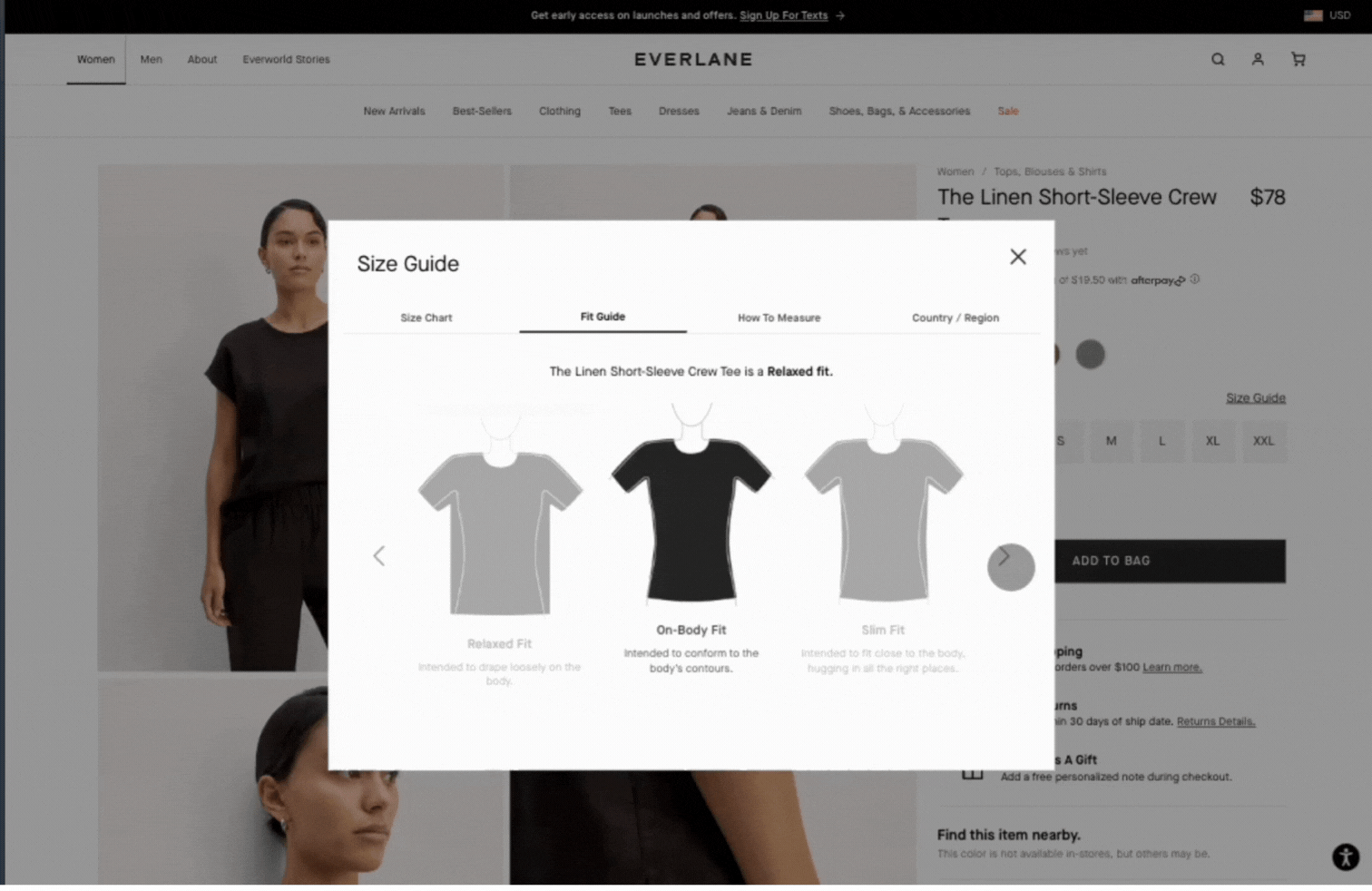
Measurement instructions
Take the guesswork out of measuring with step-by-step instructions such as the inseam length for pants. Visuals or diagrams can further illustrate proper measuring techniques, reducing the likelihood of returns due to sizing issues.
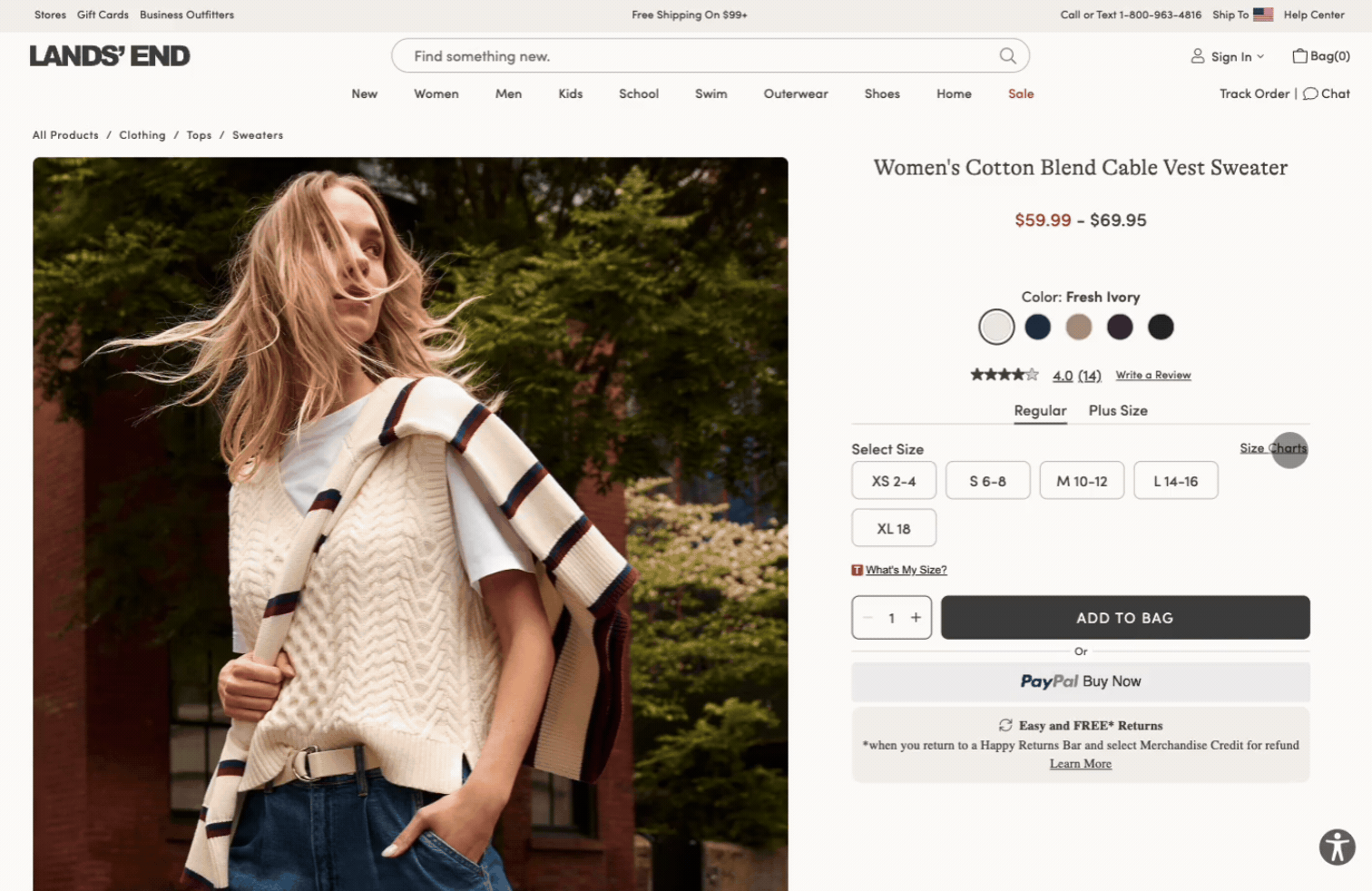
Visual Representation
Complement measure measurements with high-quality product photos featuring models of various sizes. This helps shoppers visualize how the item will look on a real person with a similar body type, bridging the gap between abstract measurements and real-world expectations.
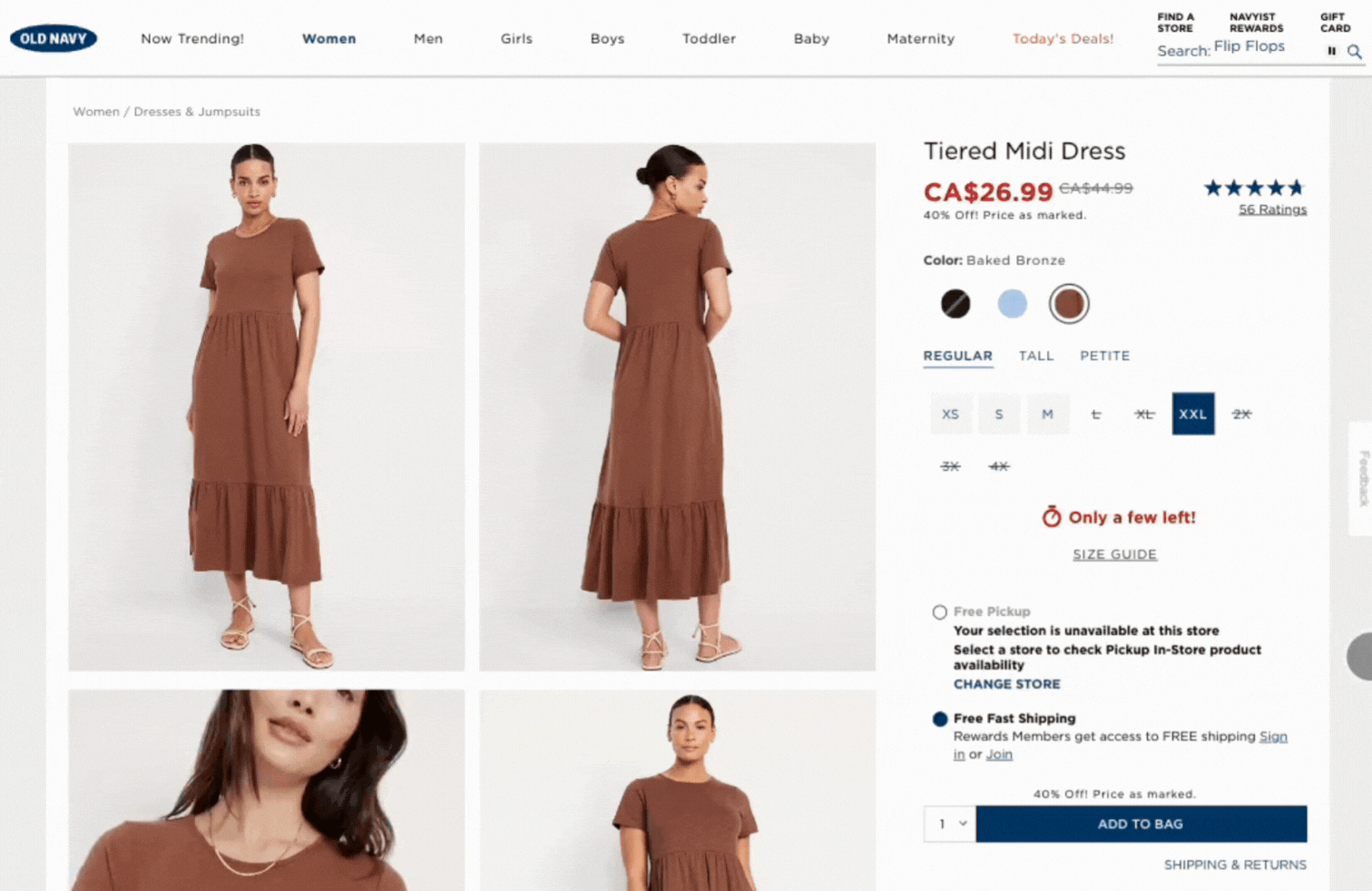
Unit Conversion
E-commerce has global reach, and consumers from different regions use varying measurement systems (e.g. inches to centimeters). Providing unit conversions allows international shoppers to easily understand sizing information and make informed purchasing decisions.
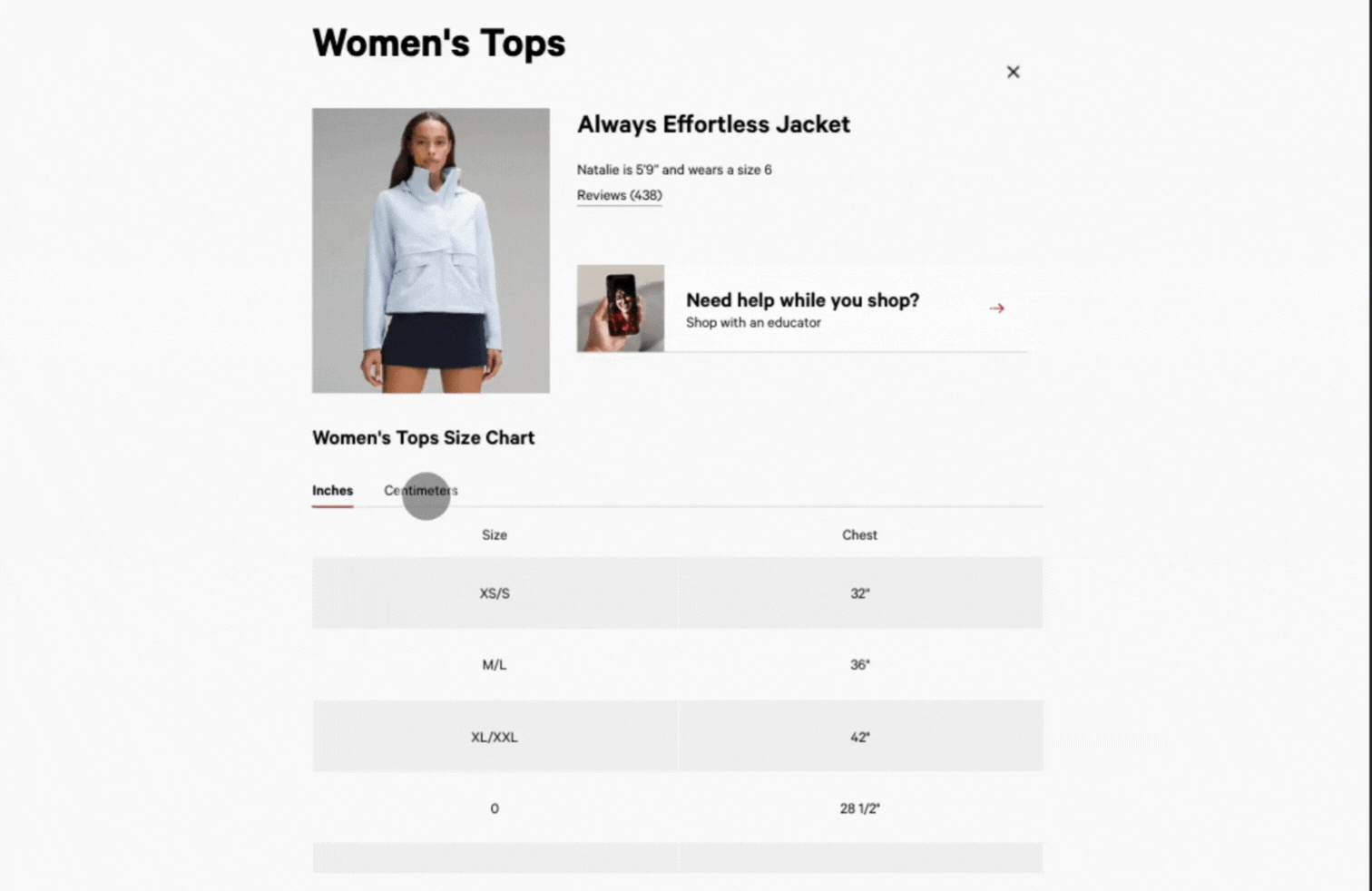
Optimize for Mobile
Forget the pinch-and-zoom struggle. Most shoppers today browse and buy on their phones, so a static desktop version creates a major barrier to purchase. A mobile-optimized size guide ensures a more user-friendly and accessible experience.
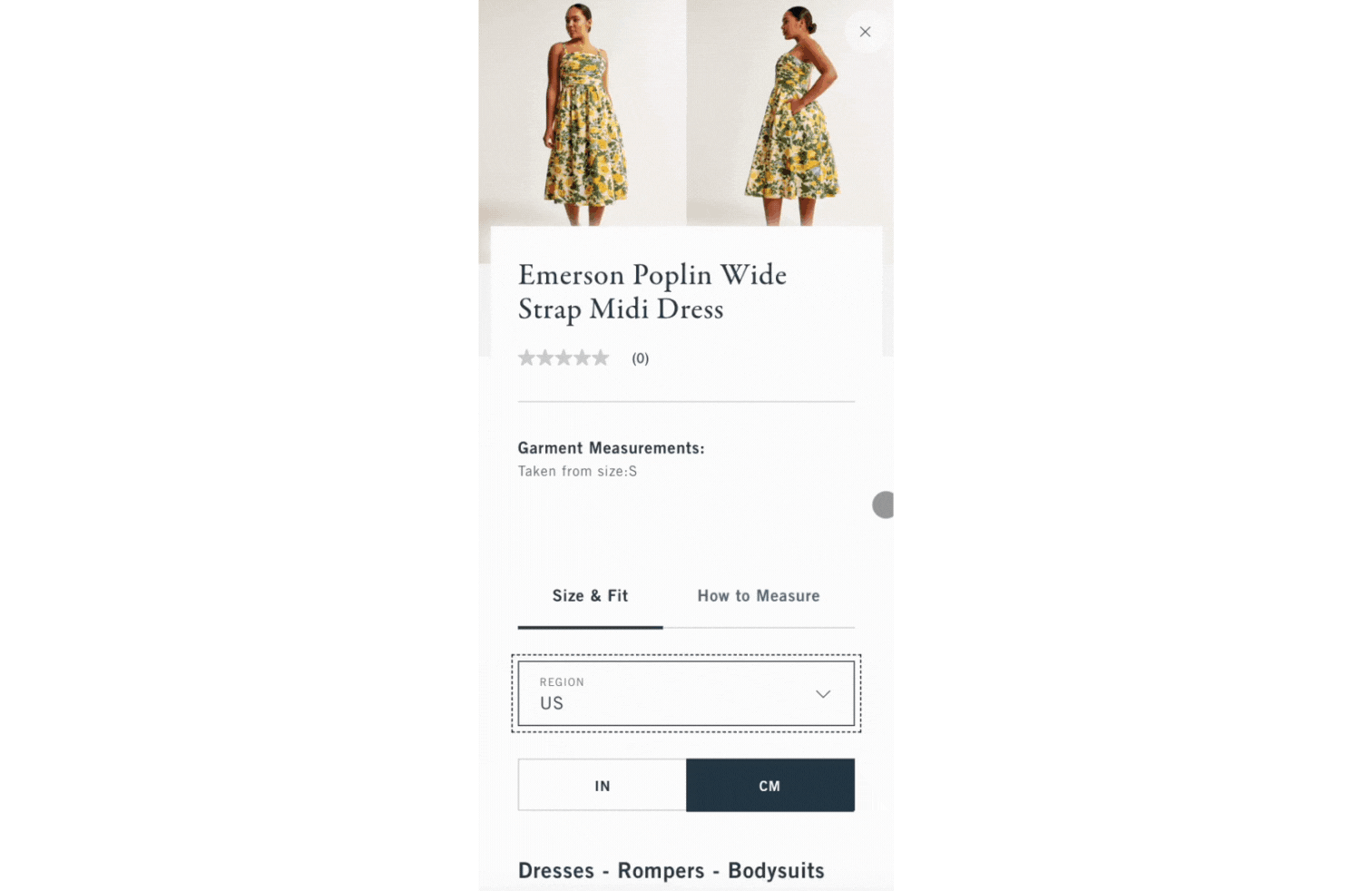
Boost visibility
Where the size and fit guide is accessed on the product details page can impact its effectiveness. Including the link as close to the initial render of the product as possible improves usability.
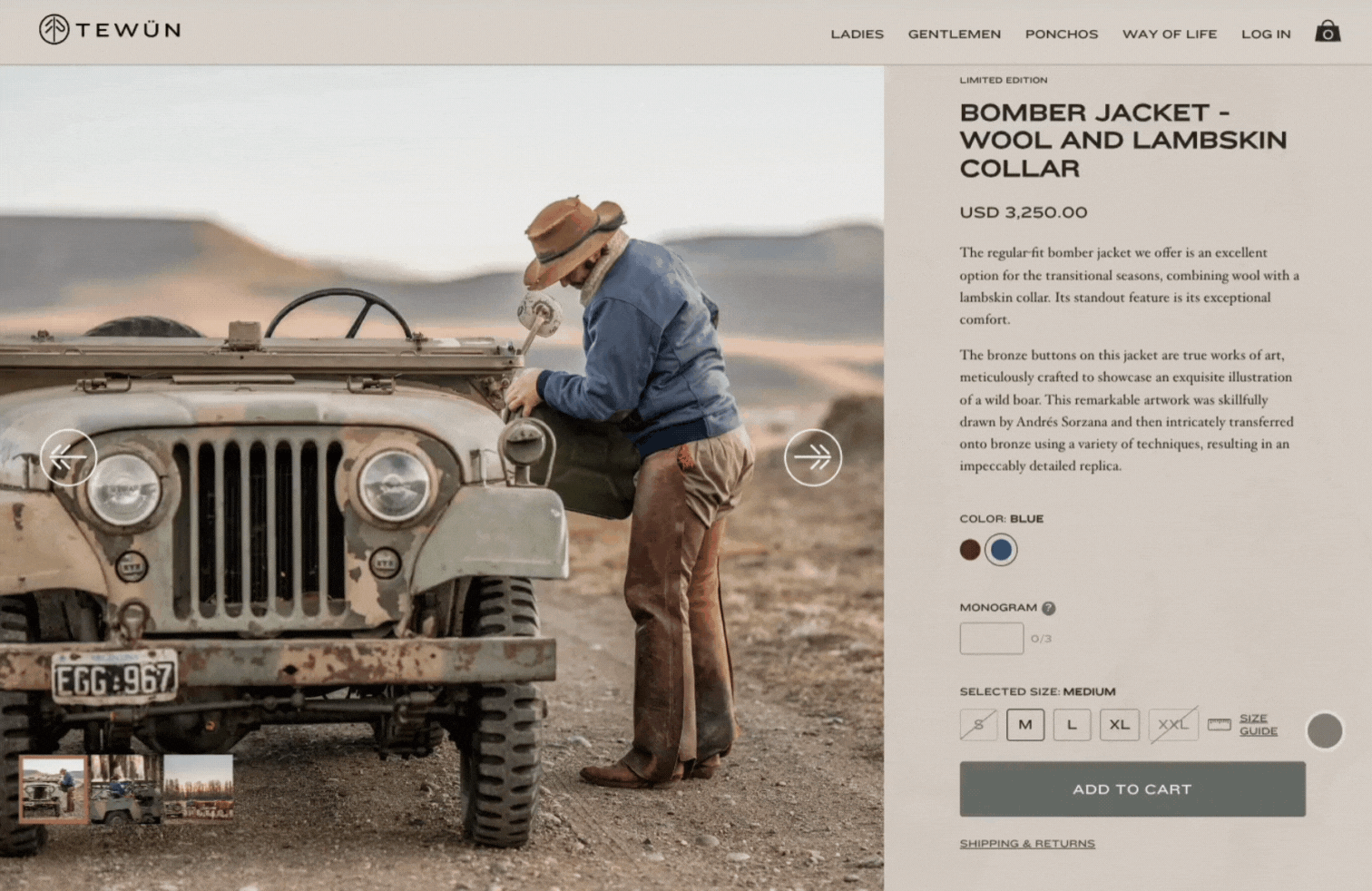
While AI solutions for body-stimulated renders and size-fitting apps are emerging, they often come with limitations in cost and user familiarity with different brand fits. Luckily, you don't need expensive, complicated tech to create a great size and fit guide. By following these best practices, you can create a guide that outperforms most on the market today.